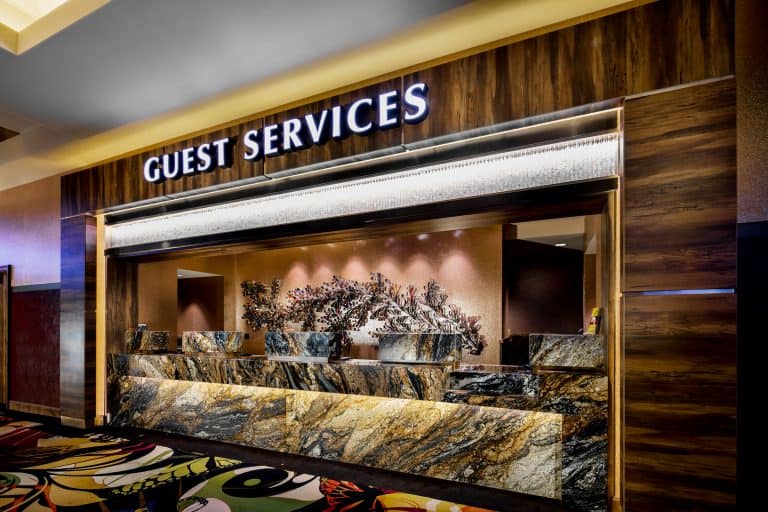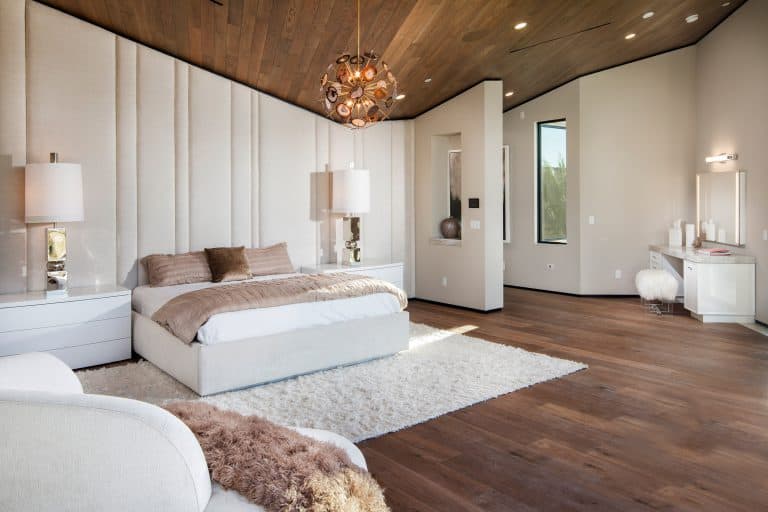You probably know that the impact of great imagery goes a long way and impacts brand awareness, marketing efforts, and ultimately revenue.
That is why only a few vendors are trusted by brands when it comes to capturing their properties.
In this article, I am going to review some Hotel Photography Guidelines for Hoteliers and Photographers. So let’s dive in.
Table of Contents
Understand the Needs
Before we start talking about capturing impactful images that translate into bringing you more guests we have to understand the need.
Both need to first understand the scope project, needs, limitations, and requirements for the job before you can do anything else.
Start by Bulletproofing the space you need to capture and also the number of images needed per space.
Time and Budget play a huge factor in the number and quality of the final result.
Hotel Photography Recommended Shoot / Photo List
Exterior:
- 1-2 Hotel daytime
- 1 Hotel nighttime
- 1-2 Valet and Parking
- 1-3 Main pool area.
- 3-5 Pool service area (Cabana, Bar, Daybeds, Spa)
- 2-3 environmental (Beach, View, Landscape)
Amenities Interior:
- 1 Reception area
- 1-2 Lobby area
- 1-2 Adjacent lobby area and elevator lobby
- 1 Convenient store
- 1-2 Retail area
- 2-3 Food and Beverage area
- 2-3 Fitness / Gym / Spa
- 3-5 Conference Center
- 2-4 Chappell / Religious space
- 3-5 Venue space
Rooms and Suites:
- 2-4 – Standard Room King
- 2-4 – Standard Room Queen
- 2-3 – Standard double bed
- 3-5 Suite room
- 1 – of each main shoot of the rooms above with different views
- 4-6 Penthouse / Villas / Luxury Suite
- 4-6 Luxury Suite (different views)
Once we understand the needs, we have to talk about the timeframe and any limitations you might have.
Hotel Photography RFP / Request for Pricing
When writing an RFP (request for proposal) for a professional hospitality photoshoot, it is important to provide a full project scope.
It will save you and the vendor time by going back and forth with additional questions, saving you valuable time.
Start by writing about the hotel and your position in the company.
Follow with the shoot list, timeframe, budget, limitations you might have, and other needs like handling ultra-premium rooms that cost big bucks.
Don’t hesitate to give as much information as you can and provide previous, similar, or inspirational pictures as examples.
A professional hotel photographer will do proper research, but it is important to state the mood and feel, demographics, and places you have the intention of using the visuals.
Set the expectations! This is where many fall as photography can have hundreds of percentages in price differences as some may price their work based on a pro level and some based on a more basic one.
Don’t forget to discuss photo licensing in terms of usage, amount of time, and type of license (buyout or time/usage)
Finally, mention the project timeframe and RFP timeline.
Quote and Pricing:
When you send a quote and pricing, it is important to list your experience and similar projects you have worked on.
After fully understanding the scope of work, create a shortlist with the name of the location, amount of pictures, and times.
Price your work based on time, images, and license.
Here is a short example of Quote and Pricing:
- Short review of you and your experience
- Answer all questions by the quote contact Estimate the timeframe for the project Shot list (location, amount of image)
- Price
- Address any open questions
- Include any remarks about quote time relevance (90 days) and other operational and contract details
Planing Hotel Photoshoot
For flawless project execution, it’s time to properly plan with your contact details the photoshoot day/s.
Make time for initial scouting to understand everything is understood and review the shoot list with your contact person.
Make sure you have 1 staff or more from housekeeping available at all times and that he or she knows the operations manager in each location you need to capture.
It is crucial for time-saving to pre-re-arrange and double-check all locations to be immaculate, some things can be retouched later.
Create a location list by time of the day that fits your style and make sure that it makes sense time-wise and distance-wise.
Plan busy spaces for convenient houses, like reception, lobby, and casino to the early morning hours.
Advise your contact person about locations that might need to be captured at a certain time.
Scouting
Scouting is usually done in large-scale projects and it has few purposes.
First and foremost to see the amount of work needed in each location to better utilize your time.
Second, make sure you review the shoot list and make sure you and the hotel contact are on the same page.
Third, to see if there is anything that needs to be done in correlation to the re-arrangement of the space.
This is the time to request to fluff all the pillows, remove all trash bins and garbage cans if possible, and re-arrange those day beds and tables.
Don’t forget to remove un-timeless items, like magazines and anything that “hints” for a specific day, month, year, or season your photos have to be “timeless”.
Hotel Interior and Exterior Photography Guidelines
Exterior:
Capturing a property exterior is the most complex job, as you can’t control any of the moving parts of people, traffic, light, and weather.
We typically create two types of exterior photos day and night time.
Day Time:
Should include all the shoot-list above and mainly the front of the property including the entire side-to-side of the property.
Try working with the sunlight to your side or behind you, never capture the property with the sun directly in front of you as you will get lens flare and blown-out Skys.
You can’t control the light so you must work with the direction of light based on time.
Many mobile applications can show you each hour where the sun is going to be.
Twilight Dusk:
Should include the same as daytime but must incorporate the in (room lights) and the out.
The trick is to position 1 hour before the sun has set and capture several photos every few minutes until you have both days, twilight, and nighttime.
This will allow you to have a wide range of photos and dynamic range to include both beautiful sky, light on the building, and also see the rooms shine out.
Interior:
It is important to capture more than one overall photo of a room, nowadays people looking for more lifestyle-oriented photos that will allow them to immerse themselves in the experience before the event comes.
Make sure you have a least 3 images for a standard room in all of its variations (king, queen, double beds) and also the different views (mountain, city, prime view)
Your guest wants to make sure everything looks exactly like in the photos.
Remove those trash bins, magazines, and TV remotes.
Don’t put “styling” items like flowers or anything similar, as you don’t want to surprise your guests by wondering where are the nice flowers in the images.
Photo Delivery
Depending on the size and scope of the project our studio usually delivers fully edited photos within 7-14 working days.
We deliver all of our visuals in Low Res for internet, email, and social media use and High-Res for print and advertising.
Unless requested otherwise all images are in JPEG format
If you require your image to be in other formats it is important to request them before the vendor has edited them.
All images are stored at our secured online cloud service and are available for 1 month for download.
It is important to download, save, and backup images, as vendors won’t keep backup for all projects for a long period or may require additional fees for data recovery/backups.
In Conclusion
A proper understanding of the scope project, time, and needs is crucial for a successful photo shoot.
Before sending an RFP make sure you have all your shot-list ready and any other needs you might have.
Communicate with your vendor to help him/her help serve you best.
Plan together and scout the project before starting to capture the spaces.
Provide closing (editing and files) guidelines if you have prior post-production work (editing)
And most of all advice with experienced hotel photographers as it’s our job to make a high return on investment when working with us.
If you have any questions both hoteliers and photographers feel free to reach out through our “contact us” page.







